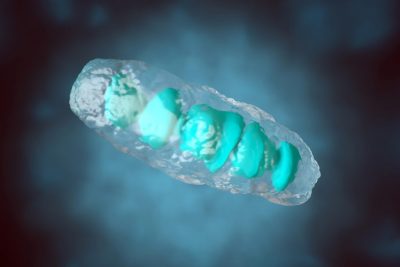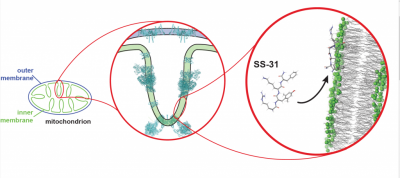The Department of Molecular and Cell Biology would like to congratulate Dr. Carol Teschke for her recent election to the Connecticut Academy of Science and Engineering (CASE) Continue reading
Author: Vining, Susan
Raising the Odds Against Viral Infection – Learning how viruses slip into cells, with an eye toward making it harder for them.
Dr. Eric May’s Research Highlighted in UConn Today UConn Today, April 23, 2021, Kim Krieger, UConn Communications
See Article
James Cole Receives Funding for Covid-19 Related Research
James Cole is among five UConn researchers awarded internal funding to support researchers who are using their expertise to find new solutions to address the Covid-10 pandemic The program will award up to $50,000 to recipients.
Dr. James Cole received $43,439, Targeting the Endoribonuclease of Coronaviruses, Co-PIs: Mark Peczuh, Chemistry
Related Proposal for Doctoral Degree: Nadine Lebek
Graduate Program in Genetics and Genomics
Department of Molecular and Cell Biology
University of Connecticut
Related Proposal for the Doctoral Degree
Nadine Lebek
B.S. University of New Haven, 2017
Characterizing Synphilin-1 in proteostasis and
α-synuclein clearance
Thursday, July 30th, 2020
1:00 PM
Webex Virtual Seminar
https://uconn-cmr.webex.com/uconn-cmr/j.php?MTID=m5c67dae1396d39f1b25599f52127db2d
Major Advisor: Dr. Kenneth Campellone
Associate Advisor: Dr. Barbara Mellone
Associate Advisor: Dr. Leighton Core
Examiner: Dr. Aoife Heaslip
Examiner: Dr. David Goldhamer
Dr. Nathan Alder’s Research Featured in UConn Today
Related Proposal for Doctoral Degree: Stephen Hesler
Structural Biology, Biochemistry and Biophysics
Department of Molecular and Cell Biology
University of Connecticut Announces the
Related Proposal for the Doctoral Degree
Stephen Hesler, B.S. Lehigh University, 2011
Reevaluating the Activation Model of PKR
Thursday, October 31, 2019
12:30pm
PBB 129
Committee:
Major Advisor: Dr. James L. Cole
Associate Advisor: Dr. Carolyn Teschke
Associate Advisor: Dr. Victoria Robinson
Associate Advisor: Dr. Eric May
Associate Advisor: Dr. Debra Kendall
Prof. Eric May and Postdoc Shivangi Nangia will use supercomputer for biomolecular simulations
Prof. Eric May and postdoc Shivangi Nangia will investigate virus infection mechanisms on world’s Fastest supercomputer for biomolecular simulations. Drs. May and Nangia have received an allocation on the Anton2 supercomputer donated to the Pittsburg Supercomputing Center by D.E. Shaw Research. The allocation was granted based upon a competitive application process which involved peer review by a panel convened by the National Research Council. The allocation will allow them to analyze viral protein-membrane interactions over timescales which are not feasible on standard supercomputing environments.
NESS 2016
The North East Structural Symposium will be held on October 14 at the UCONN Health campus. The topic is “New Paradigms in Drug Discovery.” For a list of speakers and registration information follow the NESS link at the bottom of the page.
New publication from the Teschke lab
Keifer DZ, Motwani T, Teschke CM, Jarrold MF. (2016) Measurement of the accurate mass of a 50 MDa infectious virus. Rapid Commun Mass Spectrom. 30(17):1957-62. doi: 10.1002/rcm.7673.
New publication from the Teschke lab
Wu W, Leavitt JC, Cheng N, Gilcrease EB, Motwani T, Teschke CM, Casjens SR, Steven AC. (2016) Localization of the Houdinisome (Ejection Proteins) inside the Bacteriophage P22 Virion by Bubblegram Imaging. MBio. 7(4). pii: e01152-16. doi: 10.1128/mBio.01152-16.

